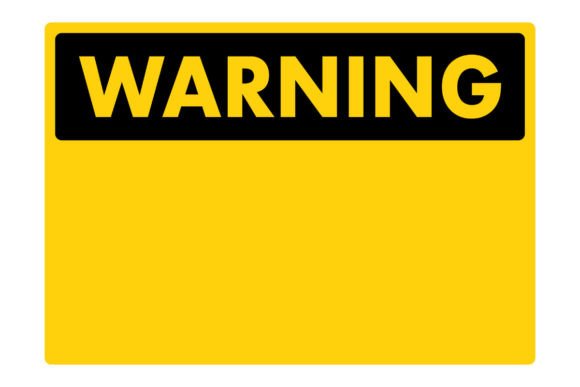Alpine Dryers Blog
. 4 Warning Signs It's Time to Replace Your Boot Dryer
When to Replace Your Boot Dryer: Key Signs and Safety Tips | Boot Care Guide
by Alpine Dryers • July 24, 2024
If your boot dryer's performance is inconsistent, taking longer or drying unevenly, it's a clear sign you need a new one. Likewise, any unusual noises or vibrations signal component failures that can't be ignored. Always inspect your dryer - broken knobs, frayed cords, or cracks necessitate replacement. Finally, an overheating unit or a burning smell is an important red flag. Stop usage immediately to avoid hazards - it's time for an upgrade. Keeping keen on these markers guarantees efficient dryer function. Stick around to explore how to discern these issues more effectively and make a smart purchase decision.
Inconsistent Drying Performance
One major sign that your boot dryer needs replacing is inconsistent drying performance. This is the result of wear and tear on the heating elements and fans, which can lead to uneven drying or extended drying times. Drying efficiency is crucial to guarantee that your items are thoroughly dried and free from bacteria-causing moisture.
As part of your regular maintenance, it's vital to regularly check the performance of your boot dryer. If you're noticing that it's taking longer than usual to dry your boots, or if the boots aren't drying evenly, this is a clear sign that something's wrong.
Troubleshooting common issues might help extend the lifespan of your boot dryer. Clean the dryer regularly to prevent dust and debris from blocking the airflow. Ensuring the boot dryer is placed in a well-ventilated area can also improve performance.
However, if these maintenance tips don't improve the drying efficiency, it suggests that the heating elements or fans are worn out and need to be replaced. In this case, it might be more cost-effective to replace the entire unit, rather than repairing individual components.
Unusual Noises or Vibrations
If you're hearing odd noises or feeling excessive vibrations from your boot dryer, it's likely signaling a serious problem. These symptoms often indicate a failure in internal components such as fans or motors. Regular maintenance can help prolong the life of your boot dryer, but once these issues arise, it may be more cost-effective to replace the unit.
Now, don't be quick to panic. Your troubleshooting guide is a valuable tool in this situation. Follow the steps to identify the source of the noise or vibrations. However, if these problems persist, it's time to contemplate a replacement.
Noise reduction techniques might provide temporary relief, but they're not a long-term solution. They can mask the noise, but won't fix the underlying issue. Continually ignoring these signs and resorting to makeshift solutions can lead to more serious problems over time.
Noises and vibrations are more than just annoying; they're signals that your boot dryer isn't operating as it should. Don't disregard these signs. Instead, use them as a prompt to inspect your dryer and make the necessary decisions, whether that involves applying maintenance tips, consulting your troubleshooting guide, or pondering a new boot dryer.
Visible Wear and Tear
Beyond the audible distress signals, your boot dryer might be showing tangible evidence of deterioration like cracks in the housing, broken knobs, or frayed cords. These signs of wear and tear shouldn't be ignored. Not only do they affect the dryer's performance, but they can also pose safety risks.
You might be wondering about repair options. While there are DIY fixes available for minor issues, like replacing a broken knob, more serious damage often requires professional intervention or even replacement. Upgrading features, such as a more durable housing or a better-quality cord, can help prevent similar issues in the future.
Preventive maintenance is key to extending the lifespan of your boot dryer. Regular inspection and timely repairs can help you meet or even exceed longevity expectations. However, if the wear and tear are extensive, replacement might be the more economical and safer choice.
When considering a new purchase, it's wise to make brand comparisons. Some brands are known for their durability, while others excel in innovative features. Remember, a higher initial cost might pay off in the long run if it means fewer replacements and repairs.
Overheating or Burning Smell
In the wake of noticeable overheating or a persistent burning smell, your boot dryer's safety and functionality are likely compromised. This alarming issue could be the result of malfunctioning heating elements or an accumulation of lint and dust inside the dryer, which is often overlooked in cleaning maintenance. The threat of a potential fire hazard is real, and immediate action is required.
Firstly, discontinue using your boot dryer. Ignoring these symptoms could lead to dangerous consequences, as crucial safety precautions are essential in these circumstances. Regular cleaning maintenance can prevent such issues; however, once the problem occurs, it's often too late for a simple clean-up to rectify the situation.
Secondly, consider your replacement options. It's not worth risking your safety by trying to repair a faulty unit. Many modern boot dryers on the market are built with additional safety features and energy-efficient systems, making them a worthwhile investment.
Conclusion
In sum, if your boot dryer's performance is inconsistent, making strange noises or vibrations, showing visible wear and tear, or overheating with a burning smell, it's time to replace it.
Don't ignore these warning signs. Your safety and the longevity of your boots are at stake.
Invest in a quality replacement to guarantee your footwear is adequately dried and ready for use.
Remember, a reliable boot dryer is key to extending the life of your favorite boots.

